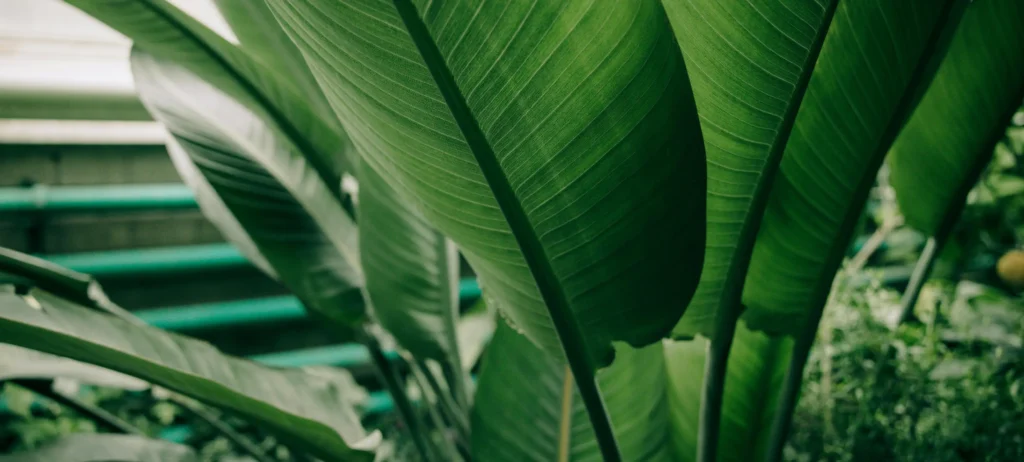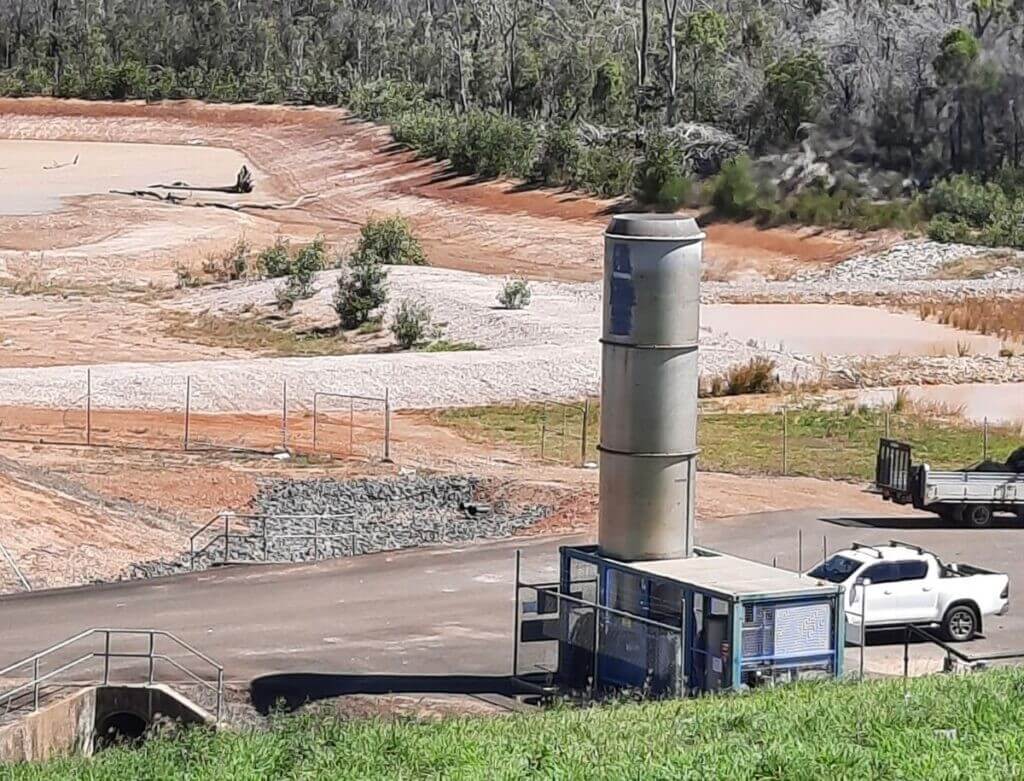
Sustainability in Procurement Article Series – Integrating sustainability into the procurement process
Overview
Over the next 6 weeks we will publish a series of articles about sustainable procurement, starting with today’s overview about how sustainability can be integrated into the procurement process. The following articles will cover Market research; Sustainability in a procurement plan; Market approach; Evaluating sustainability criteria, requirements and outcomes; Contract management; and Sustainable Procurement Policy.
With Australia’s endeavour to reach net zero by 2050, delivering projects that are socially and environmentally responsible is now an expectation. Sustainable procurement considerations are now a fundamental part of how projects and services are designed, delivered, and ultimately judged.
This topic sits at the intersection of law, policy, and practice. As of 1 July 2024, the procurement obligations imposed by the Australian Government have become far more demanding. New requirements under the updated Commonwealth Procurement Rules and the Commonwealth’s Environmentally Sustainable Procurement Policy and Sustainable Procurement Guide mean that both government agencies and private suppliers have to adjust to tighter reporting standards, improved data systems and the need to embed sustainability into projects and services from the outset. While the Commonwealth’s policies do not necessarily apply to State and local government agencies, they indicate a growing trend toward sustainable procurement obligations throughout the various levels of government in Australia.
Understanding Sustainable Procurement
At its core, sustainable procurement is about thinking beyond immediate needs and considering the long-term impacts of purchasing decisions. It involves evaluating not only what is being bought but also how it is produced, how it will be used, and what happens to it at the end of its life. This means placing greater importance on the full life cycle of goods and services, from initial design and sourcing through to consumption and eventual disposal. For example, sustainable procurement may involve selecting products made from recycled or low-emission materials, working with suppliers who follow ethical and environmentally responsible practices, or choosing items that help reduce waste, conserve energy, or improve water efficiency. It is a thoughtful, forward-looking approach that supports better outcomes for the environment, communities, and the economy over the long term.
Value for Money
Achieving value for money is the core principle underpinning procurement requirements at all levels of government, from the Australian Government (per the Commonwealth Procurement Rules) to local governments in Queensland (per the Local Government Act 2009 (Qld) and Local Government Regulation 2012 (Qld)), but price is not the sole relevant factor when assessing value for money. Other relevant considerations which might contribute to value can include things like:
- Energy Consumption;
- Greenhouse gas emissions;
- Reduction of waste;
- Use of recycled products;
- Reduction in harmful substances;
- Packaging; and
- End-of-life recycling.
The Circular Economy
One of the key ideas shaping sustainable procurement is the shift to a . The circular economy is a model of resource production and consumption that emphasises reusing, repairing and recycling existing materials and products for as long as possible. Traditional procurement processes are modernising to align to circular economy principles. Committing to a circular economy optimises the use of limited resources and minimises the overall impact on the environment, by using resources more efficiently, reusing them where possible and keeping them in circulation for as long as possible.
This shift can provide opportunities across a wide range of categories. For instance, for construction services, this might mean considering the design through to the end of the life of the constructed works, and determining where projects can optimise recycled content. For fit outs, this could involve the use of recycled content in the materials and furniture contained in the fit-out and ensuring the goods purchased have end-of life options for re-use, refurbishment or disposal.
Textiles and uniforms are another high opportunity category. By choosing uniforms made from certified sustainable sources and using non-mixed fibres to make reprocessing easier, organisations can significantly reduce their environmental impact. Additionally, implementing take-back systems and establishing remanufacturing pathways for garments at the end of their useful life ensures that resources remain in circulation for longer.
By considering circular economy principles in these and other categories, organisations can reduce their environmental impact and contribute to a more sustainable future.
Identifying Needs
One of the most important stages in any procurement process is the very first one, identifying the need. This is where teams have the biggest opportunity to influence outcomes.
At this stage, it’s worth asking questions like:
- Do we really need to purchase this?
- Can we refurbish or reuse something we already have?
- Are there more sustainable alternatives available?
- How can this procurement deliver environmental or social benefits beyond the immediate need?
- Is packaging minimised, is it made with recycled materials, and is it recyclable?
At this stage it is necessary to critically consider the business need for procurement. By using demand management strategies, excess consumption and unnecessary purchasing costs can be avoided.
This can be done through the implementation of the following strategies:
- Not buying the goods or service if they aren’t critical or needed
- Choosing an alternative to buying, including reusing, hiring/renting or sharing goods/services
- Reducing the quantity of goods to be purchased
- Defining the functional and performance requirements at strategic and operational levels to achieve environmentally sustainable outcomes
Issues to Consider
When procurement planning, risks must be assessed. This includes the environmentally sustainable outcomes of the procurement. The following kinds of questions can be explored to identify risks:
- Is technical expertise required in using the alternative sustainable options and is this expertise available?
- Would the inclusion of environmentally sustainable targets increase the complexity of the procurement? Does the cost-benefit analysis indicate that this is worthwhile in this case, or not?
- Is the project high profile with the potential to attract media attention for any negative or positive environmental impact (from stakeholders and public)?
- Will an environmentally sustainable alternative meet required specifications (particularly regarding compliance/conformance)?
- Do higher environmental sustainability requirements significantly impact price? Does the cost-benefit analysis indicate that this is worthwhile in this case, or not?
Procurement Process
The further articles in this series will delve into more detail about how a sustainable procurement focus can be practically applied at various stages of the procurement process, but the below provides an overview of some ways that focus can be implemented:
- Embedding Environmental Sustainability into Your Procurement Practice
Begin by identifying the need for goods or services and considering whether the purchase is necessary. Explore alternatives such as reusing, repairing, leasing, or hiring to avoid unnecessary consumption. - Market Research and Engagement
Undertake market research to understand available sustainable options. Market research and engagement is important for keeping up with any industry changes. Industry briefings can also provide potential suppliers with the time and information they need to respond to the proposed environmentally sustainable outcomes.
During your research, you should:
- document the environmentally sustainable outcomes which may be available;
- identify the requirements to achieve these outcomes; and
- having considered those outcomes and requirements, determine desirable and mandatory requirements for your procurement.
- Documenting Environmental Sustainability in a Procurement Plan
Analyse opportunities for increased sustainability. The associated risks will also need to be assessed as a requirement of the procurement planning. - Approaching the Market
Specify environmentally sustainable requirements and set relevant key performance indicators. When specifying sustainability requirements, it is better to be descriptive, by outlining minimum or desirable requirements. Develop evaluation criteria and reporting requirements. When setting criteria, consider how they will be implemented into the contract. For example:- leaving room for improvement and/or innovation over the life of the procurement if over multiple years; and
- if appropriate, ensuring there are clauses to allow opportunities for updating/ sustainable outcomes throughout the term of the contract if over multiple years.
- Evaluate and Debrief
Evaluate environmental sustainability criteria carefully by reviewing how each tender meets the set environmental outcomes (among the other relevant criteria). For complex procurements, consider involving a subject matter expert to ensure a detailed assessment. Look beyond upfront costs to whole-of-life costs, including maintenance and disposal, to understand sustainability. Compare options based on environmental impact, circularity, and climate outcomes, using things like ecolabels and certifications as guidance while verifying supplier claims. Finally, provide clear feedback to unsuccessful suppliers to help them improve future environmental performance. - Contract Management
Manage environmental sustainability throughout the contract by regularly monitoring compliance with agreed standards, KPIs, and specifications. Maintain open communication with the supplier to address any underperformance and explore opportunities to improve environmental outcomes. Engage subject matter experts when needed to assess sustainability performance accurately. Use contract management as a chance to encourage innovation and stay updated on best practices or new technologies that can enhance sustainability. Towards the end of the contract, review disposal plans to ensure goods are reused, refurbished, and/or recycled where possible. - Share Your Experience
Capture and share knowledge learned to support continuous improvement and encourage sustainability teams and processes.
Conclusion
Integrating sustainability into procurement has now become a necessity. It is a fundamental part of how projects are successfully delivered today. With Australia’s commitment to reaching net zero by 2050, sustainable procurement has become a critical focus that influences every step of the procurement process. It is about looking beyond the price tag and thinking carefully about the long-term environmental and social impacts of the goods and services we purchase.
From the very start, asking questions about whether a good or service is truly necessary, exploring reusable or more sustainable options, and considering circular economy principles can make a real difference. Setting clear sustainability requirements and monitoring these throughout the contract can ensure suppliers are accountable, and encourages ongoing improvement.
Evaluating sustainability criteria, engaging experts when needed, and comparing whole-of-life costs rather than just upfront prices leads to smarter and more responsible choices. Contract management is a valuable opportunity to work closely with suppliers to find innovative ways to improve sustainable outcomes over time.
Finally, sharing the knowledge and lessons learned from each procurement helps integrate sustainable practices across organisations and industries. This collaborative approach supports continuous improvement and drives positive change.
By embracing sustainable procurement now, organisations are not only meeting today’s regulatory expectations but are also contributing to a more resilient and resource-efficient future. It is about making better decisions that protect our environment and communities while delivering value for money and long-lasting benefits.
Keep an eye out for our next article in this Sustainability in Procurement Article Series, namely Market Research, and if you need any assistance incorporating sustainability into your procurement process, or with the development of a policy, documentation or processes, please let us know.

Paul Muscat
Director
Muscat Tanzer

BJ Doyle
Senior Associate
Muscat Tanzer

Roman Counson
Intern
Muscat Tanzer











